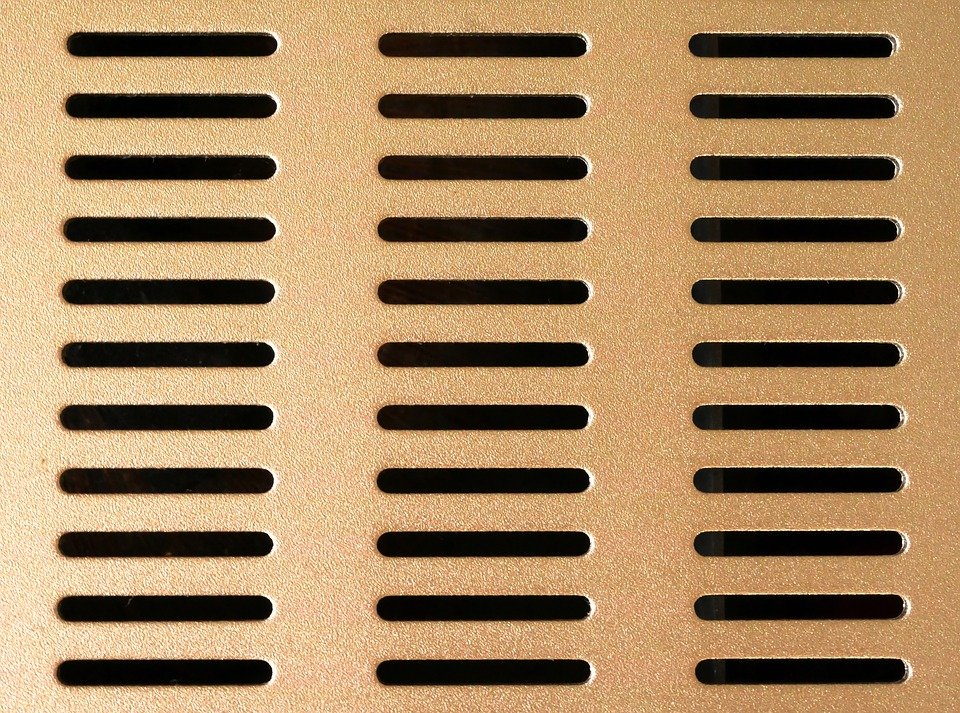The Function of Flooring Register Determines the Form as well as Forming of It

Wall surface, floor, as well as ceiling sign up all have their toughness as well as weaknesses that make them appropriate for different settings. Floor registers are typically put underneath home windows to permit the warmed air they bring with them to mix well with the colder air coming via the home windows. They are in some cases additionally situated in the facility of a space, or along a wall, to allow the registers and also devices a stable area to be. There is not as much space under a home window to suit equipment as there is under a wall surface. Ceiling floor signs up are mounted to monitor cooling and heating costs. These are utilized greater than floor signs up but are less visible. Since the registers are closer to the ceiling, they are much more prone to damage than those situated higher. These are best suited to incredibly hectic areas such as medical facilities, office buildings, dining establishments, and shops. Get more info about this company here.
The temperature transforms more quickly in these settings as a result of the reduced ceiling as well as consequently more quickly the temperature level will certainly need to be decreased and also increased to satisfy room temperature needs. Wall and flooring register come with either a faceplate or without a faceplate. Faceplates are the typical option, however some makers choose to generate grilles which contain the same or similar material as the faceplate. The grille is what develops the front part of the faceplate and its thickness differs with the type of setup. The faceplate is additionally vital in the installation procedure. It must fit properly and it has to be safeguarded to the structure as though it does not move and also hinder movement throughout the process. The cooling part of wall surface and also floor signs up is generally situated above the surface area they are set up on. The reason is that this component of the register is developed to take in the cozy air getting in from outside and also store it until it can be transferred to provide the wanted temperature for the structure's owners. The amazing air is aired vent to the exterior of the structure via a drain or via a fan. Some warm air can be sucked out of the structure in this process, yet it ought to only be done if the drain or follower are running correctly as well as the temperature level within corresponds.
Warm air can still go into the framework when the followers and drain are running at reduced rate to push the hot air out with the help of the Truaire products. Several types of faceplate dimensions exist for wall surface as well as floor registers. The most usual faceplate dimensions available are those that fit typical flooring and wall surface surfaces with an L-shaped recess between. Another typical kind of faceplate measurement is one that fits on a slanted wall. In this arrangement, the recess gets on a concave side for easy drainage of water. The faceplate may be produced from acrylic, plastic, or metal as well as the variety of slits or grooves in between the slats as well as the faceplate will vary with the sort of installation. A good heating and cooling system require to enable the maximum amount of heat or great air entering into a structure with any kind of one or several of its flooring registers. If these are not correctly sized, the framework can wind up needlessly great or warm. This can cause energy costs that are a lot more than they would certainly have been or else. In the worst case scenario, the framework can also start to warp, with internal elements of the framework ultimately putting on down due to the raised temperature levels. It is therefore important to ensure that the floor signs up used are properly sized to match the cozy air flow rate through the location or to stop getting too hot. Get more details about registers here: https://en.wikipedia.org/wiki/Register_(air_and_heating).
